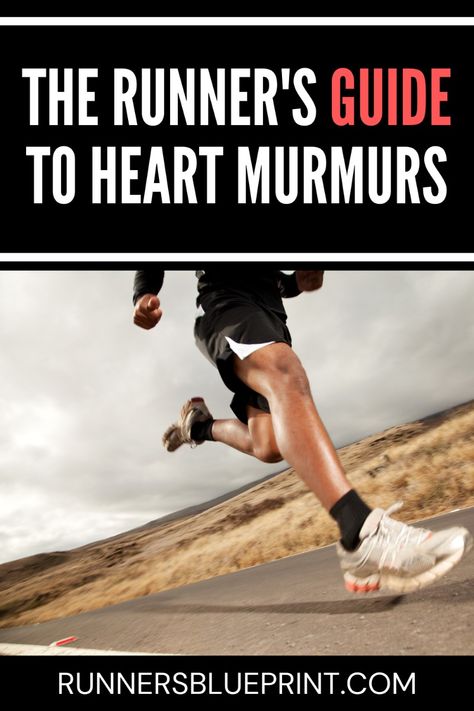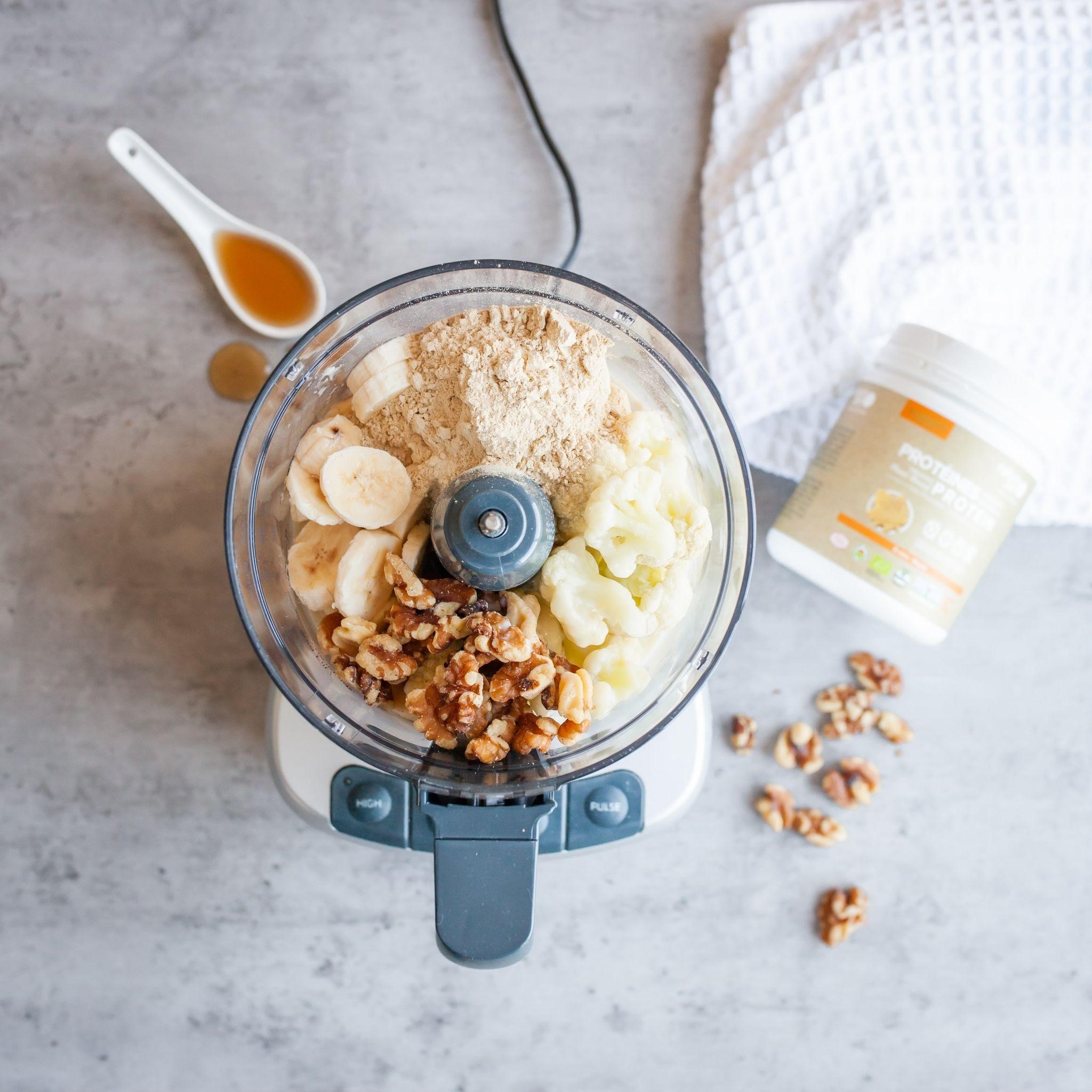Should I try a running streak? Is it safe to run every day?
There are common questions I get emailed about a few times every week.
That’s why I want to dive deep into this subject.
In this post, I’m sharing with you the complete beginner’s guide to running streaks and answer a series of basic questions such as:
- What is a run streak?
- What are the main benefits of running everyday?
- What are the potential dangers
- How long is a running streak?
- How to start a run streak?
- And so much more.
Sounds great?
Let’s get started.
What Is A Streak Run?
A running streak is running on consecutive days for a definite period. Simply put, a running streak is when you run every day.
The length of your run streak will depend on your training goal and personal preferences.
The objective is to run every day, for a week, a month, a year, or however long you see fit. They are all valid run streaks. It can be outdoors, on trails, roads, tracks, or on a treadmill. As soon as you skip—or miss—a day, the streak is no more.
And I didn’t come up with the rules. But they are two official-run streak organizations.
The United States Running Streak Association (USRSA) was established in 2000, and Streak Runners International (SRI) was established in 2012.
These two organizations describe a running streak of running at least one mile—or 1.6 kilometers—within each calendar day.
Usually, these rules are self-imposed—yes, between you and yourself—and therefore are monitored by the runner.
The Unspoken Rule
According to Streak Runners International, Inc., the official definition of a running streak is to run at least one mile, roughly 1.6 kilometers, each day. So that’s roughly 10 to 15 minutes of easy running.
The same organization also lists members’ streaks from around the world.
The Running Streak Community
As you’d expect, the streak-running community is a big one. That’s where the streakers find inspiration, motivation, and guidance. It always feels nice to be a part of something bigger than yourself.
Here are a few places where you can hang out with streakers worldwide.
Facebook Groups
Of course, there’s a Facebook group for that. For example, the Runners World Run Streak Facebook Group has over 40k members. The Streak Runners Interval has around 6000 active members in early 2023.
And most of these groups are super active. So if you become a member, you’ll be getting a lot of running updates, reading many success (and failure) stories, and advice on what it takes to run every day from fellow run-streakers.
When you own a runner, active or retired, you’re automatically entitled to an SRI/USRA membership. Once you maintain your running streak for a year, you can qualify for your streak’s SRI/USRS listing.
But what does it mean to have your running streak listed? Simple. You’ll be able to find your streak achievement listed on the website’s official run streak page.
For example, the Sri and USRA list has over 3000 male and 1800 female streaks. So, yes, that’s quite a lot. And by fulfilling the requirement, you too should be able to join their ranks.
The 11 Running Streak Categories
The running streak community is divided into 11 categorizers by the SRI and USRA and are broken down in terms of years of run-streaking.
These are:
- The neophyte – one to 4 years
- Proficient – 5 to 10 years
- Experienced – 10 to 15 years
- Well-versed – 15 to 20 years
- Highly skilled – 20 to 25 years
- The dominators – 25 to 30 years
- The masters 35 to 40 years
- The legends – 40 to 45 years
- The coverts – 45 to 50 years
- The hills – more than 50 years (only four total recorded)
The Benefits Of Running every day
Okay, now that you know what running streaks are all about, let’s understand why you even bother doing one.
Make Exercise a habit
If you’d like to make running a habit, like brushing your teeth, showering, or whatever, then run streaking is for you. Habits are formed when we perform an activity repeatedly—that’s the essence of run streaking. A few weeks into your running streak, running will become second nature.
You’ll Become More Flexible
Running daily—no matter the weather or what’s happening around you—will force you to adapt to different situations, which makes you more resilient. This means fewer excuses. You’ll have to get used to early morning runs, adverse weather conditions, and nighttime runs.
Minimal Potential Risk
Running streaks are not risky. On the contrary, research shows that moderate daily exercise improves your overall fitness and health. When you run every day, you typically (and should) start with slow and short runs, which gives your body enough time to re-adapt to the effects of exercise.
Reduced Cancer Risk
Research has suggested that running a mile per day may drastically lower the risk of cancer by:
- 42 percent for esophageal cancer
- 27 percent for liver cancer
- 26 percent for lung cancer
- 23 percent for kidney cancer
- 16 percent for colon cancer, and
- 10 percent for breast cancer
Motivation
Committing to running every single day can be motivating as it pushes you to keep your running habit. Instead of running whenever you have nothing else to do, you’re incentivized to keep training and working towards your goal.
The Cons Of A Running Everyday
Running daily has much to offer, but drawbacks are expected, like any other exercise plan.
Lack of Recovery
The major issue is that running daily may force you to log in the miles when your body should recover. Recovery days are key, and I’m a big fan of them. Even when I do a run streak for a few weeks at a time, I try to schedule at least a day when I feel like my body needs it.
Skipping rest may compromise your ability to get faster and stronger.
What’s more?
If you’re recovering from an injury, run streaking may risk aggravating your condition and causing a flare-up.
Too Much Overload
I hate to state the obvious, but you run a high risk of injury and overtraining when you overload your body. As you already know, running is a high-impact sport per excellence. It can take a toll on your body.
Therefore, when logging a mile (or the miles) daily, you must ensure that you are not overtraining. This means limiting the time, intensity, or type of training you do. Of course, you’ll have to find a way to manage it.
Otherwise, you could be at a higher risk of injury if you don’t manage your training.
Logging the miles every day may cause overuse injuries caused by repetitive trauma. These often involve stress injuries to your joints, muscles, tendons, and ligaments.
Keep Track of Your Overtraining Symptoms
A systematic review of overuse running injuries reported that injury risk increases when weekly mileage exceeds 40 miles for men and around 30 to 39 miles for women. This range seems to be the breaking point for most runners.
This may seem like too much running, but you’re more likely to reach this mileage if you’re logging the miles daily.
Fortunately, overtraining leaves clues. Here are some of the warning signs to pay attention to:
- Higher resting heart than usual
- Having trouble falling asleep or staying asleep
- Feeling more tired than usual
- Feeling sick and under the weather
- Unwanted weight loss
- Appetite problems
Will Running Everyday Help me Lose Weight?
This is one of the main reasons many people want to start running daily, so let me explore this issue briefly.
Here’s the truth.
Running for weight loss is a complicated process. You cannot just run the pounds away. Sure, running every day will undoubtedly increase your calorie burn, but you might not lose weight for any of the following reasons:
- More stress. As you stress your body by running daily, your cortisol level increases, which may lead to weight gain.
- More hunger. As you log in more miles, you’ll eat more than usual to satisfy your hunger, which may lead to weight gain.
- Not eating properly. This goes without saying, but you cannot outrun a crappy diet—no matter how far and/or fast you can run.
The best thing you can do to ensure you’re losing weight is to create an energy deficit. This means burning more calories than you’re taking in. That’s where eating healthy comes into the picture.
Serious about losing weight by running? Then check out my weight loss by the running guide.
Additional resource – Prevent Heart Burn While running
How To Start A Run Streak
Starting to run every day may seem as obvious as running EVERY DAY, but there’s quite a lot to consider.
First, are you even a runner?
Running daily isn’t a good idea if you’re a complete noob. Unless you have a basic fitness level, run streaking may do you more harm than good.
So, as a general rule, ensure you’ve followed a consistent running plan for at least the past year before you try a run streak. Beginner runners should focus on building their overall running fitness before trying to run every day.
For example, if you only exercise once or twice a week, slowly build it up to three or four times before beginning your streak.
Short Streaks & Easy Pace
Running streaks is not about pushing your body to the limit
Start slow. Aim to run at a pace you still feel like you have energy by the end of the session. If you’re completely exhausted, then you likely pushed yourself too far. Running hard miles every day makes you prone to injuries. Your goal is to stay consistent—not smash through PRs.
Instead of shooting for a one-month run-streak, start with a week, then see if you can do more.
What’s more?
Mix in different training methods to get the most out of your running streak—do easy runs, Fartlek, tempo runs, and long slow runs.
How Much Should You Run?
How long your run streak should last is entirely up to you, but establishing a streak goal is always a good idea to keep you on track.
As a rule, commit to running for specific days, weeks, or even months (if you’re ready). Just make sure to set YOUR own goal that’s different from everyone else’s.
Even a goal of running streaking for two weeks can drastically positively affect your physical and mental health.
Make A Plan
The hardest part about a running streak is finding time for it. This is especially true if you have a busy life—just like the rest of us.
Sit down and plan how to squeeze the miles around work, school, family, and friends, then stick to it.
Feel free to get creative. For example, you could run at the crack of dawn, combine a commute with a run, run at lunchtime break, or the night before you go to bed (let me tell you, those night runs are the best).
Change Up Routes
Sticking to the same route over and over can be tiresome.
I’m not against having a few favorite routes up your sleeves, but changing up your running routes now and then is a fantastic way to keep the streak interesting—especially since you’re running every day.
Listen To Your Body
By far, this is the most important piece of advice.
Logging miles daily requires much effort, even when you’re not logging that many miles.
That’s why excessive ambition can hurt when it comes to running streaks.
If you stick to a relatively short and easy runs, nothing bad will happen, but who knows? Running nightmares such as knee pain, ankle sprains, and shin splints are nothing to scoff at.
And whatever you do, please stop your run streak if you’re injured. If taking a few days off is the only way it will heal, take the rest.
Next, consult your doctor if things don’t improve.
The Checklist
Before you jump into a run streak, make sure you already have the following:
- Proper shoes – Get running footwear that suits your foot type and running style. The right pair will help prevent injuries.
- Running Clothing. Choose items made of high-performance fabrics. And remember to dress for the weather. Cold and rain are no excuses.
- Plan a few specific routes around your neighborhood so you know exactly where you need to go.
How to Do a Run Streak – The Conclusion
There you have it! If you plan to run every day for a week, a month, or longer, then today’s post should be enough to get you started on the right foot. After that, the rest is just details!
Please feel free to leave your comments and questions in the section below.
In the meantime, thank you for dropping by.
Keep training strong.
David D.














